Mastering Electrical Wiring: The Role of Math in Switches
Written on
Understanding the Importance of Mathematics in Electrical Wiring
Mathematics permeates our everyday experiences, influencing everything from animated films to banking, music, and athletics. Its significance escalates in various scientific disciplines. In this discussion, we’ll delve into the intricacies of wiring a lamp with two switches. This setup allows users to turn the lamp on or off from either switch, making it particularly useful for controlling lighting from multiple entrances of a room.
What Defines a Two-Way Switch?
An electrical switch serves the purpose of interrupting or redirecting the flow of electric current. Various types of switches exist, including push-button switches, single pole single throw switches (the standard switch), and single pole double throw switches, commonly known as two-way switches.
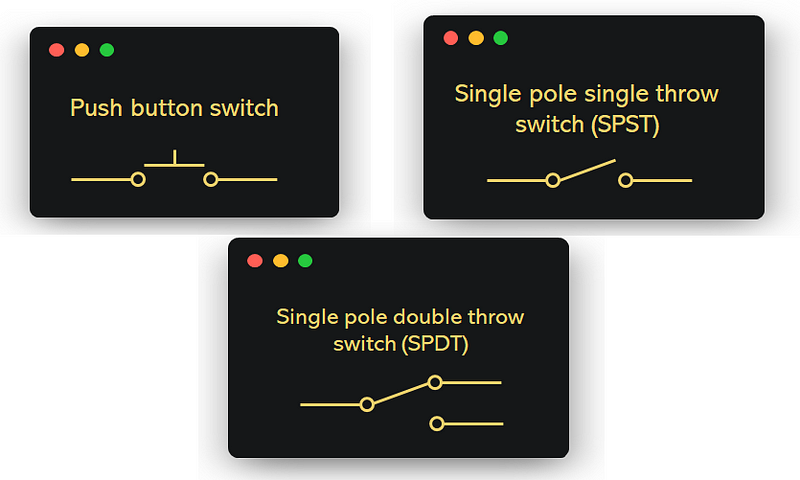
Single pole double throw switches are essential for implementing two-way switching. This method involves using two or more switches—typically located in separate areas—to manage the same device, such as a lamp. They are wired in a manner that toggling either switch alters the lamp's state (on or off).
From the exterior, a two-way switch resembles a typical light switch. The distinction lies in the number of terminals, with the two-way switch featuring three: L1, L2, and Com.
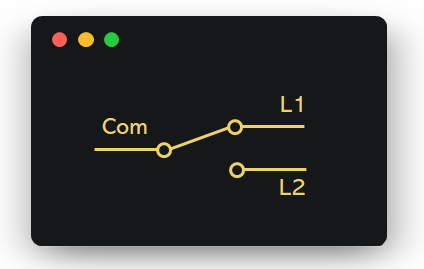
Wiring the Switches Together
Now that we understand what a two-way switch is, the next question arises: “How do we wire multiple switches to control the same lamp?” To illustrate, I have prepared a basic diagram. In this illustration, "L" represents Live and "N" denotes neutral. Feel free to experiment with this wiring challenge, as multiple solutions exist.

Breaking Down the Wiring Process
To begin, we know that current flows from the L-wire to the N-wire, illuminating the lamp when it passes through. To manage this current flow, we place our switches between the L-wire and the lamp. This leads us to draw two wires: one from the L-wire to the first switch and another from the lamp to the N-wire.
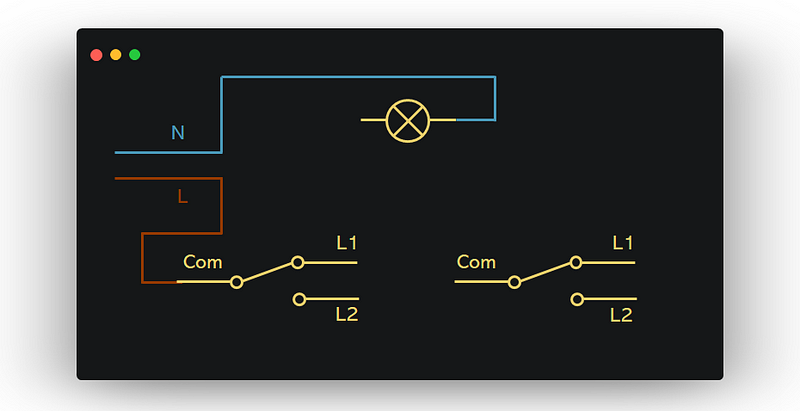
If we connect either the L1 or L2 terminal of the first switch directly to the lamp, the second switch won’t be able to turn the light off if the first switch is already on. Therefore, we need to connect the lamp to one of the terminals of the second switch. Let's try connecting it to L1.
To determine if this connection is correct, we can interconnect the switches. If we link L1 to Com and L2 to L2, the light should turn on. However, toggling either switch should change the lamp's state. If we toggle the first switch and then the second one and the light remains off, this setup is invalid.
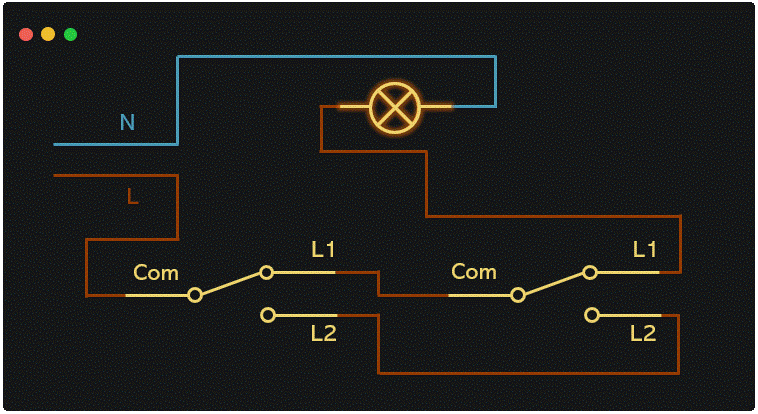
To resolve this, let’s connect the lamp to the Com terminal instead. Let’s see the outcome when we connect both switches to each other once more.

As demonstrated, toggling a switch consistently alters the lamp's state, confirming that we have found a valid solution.
Exploring Alternative Wiring Solutions
As previously noted, there are multiple ways to tackle this wiring scenario. Here are some additional configurations you might consider.


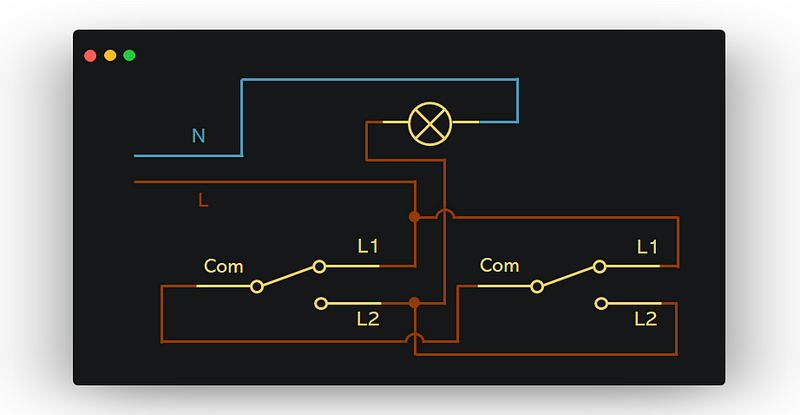
Final Thoughts on Problem-Solving Skills
The value of honing our logical reasoning and problem-solving skills is often overlooked. This wiring puzzle exemplifies real-world scenarios where such abilities are essential. I hope you enjoyed exploring this challenge with me.
The first video titled "How Are My Lights Wired? In Series or Parallel?" provides insights into the fundamental concepts of light wiring configurations.
The second video, "DIY Lighting Design: Perfect Canless Recessed Light Placement and Wiring!" covers practical tips for optimizing lighting design and installation.